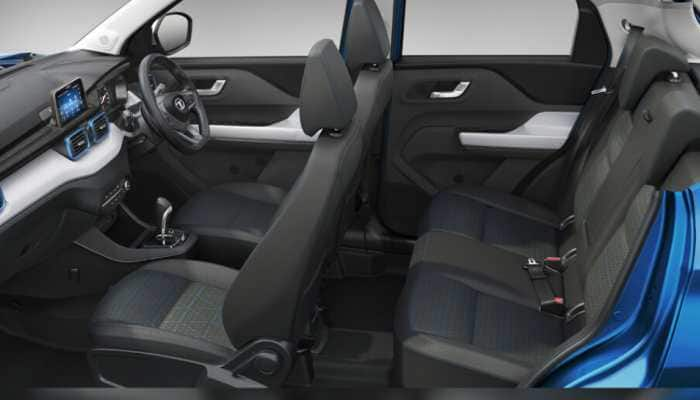List of Chandrayaan-2's Vikram Lander's payloads and their functions
As India and the world await Chandrayaan-2`s soft-landing on the moon, the significance of landmark space mission has been a point of discussion among the scientist community and social media alike.
Trending Photos
) Reuters photo
Reuters photo As India and the world await Chandrayaan-2`s soft-landing on the moon, the significance of landmark space mission has been a point of discussion among the scientist community and social media alike.
ISRO has announced that the soft landing of Chandrayaan-2 Vikram lander on the lunar surface is scheduled between 1:30 am to 2:30 am on Saturday, followed by the Rover (Pragyan) roll out between 5:30 am to 6:30 am.
Earlier this week on Monday, the Vikram lander separated from the main spacecraft module and began its descent to the lunar surface. If successful, this would be India's first soft landing on the moon’s surface. Only the US, the former USSR and China have been successful in landing humans or machines on the moon.
CLICK HERE TO READ OTHER CHANDRAYAAN-2 STORIES
Here, we take a look at the list of payloads carried by Chandrayaan-2's Vikram Lander and their functions:
Vikram payloads:
* Radio Anatomy of Moon Bound Hypersensitive ionosphere and Atmosphere (RAMBHA)
The lunar ionosphere is a highly dynamic plasma environment. Langmuir probes, such as RAMBHA, have proven to be an effective diagnostic tool to gain information in such conditions. Its primary objective is to measure factors such as:
Ambient electron density/temperature near the lunar surface
Temporal evolution of lunar plasma density for the first time near the surface under varying solar conditions
* Chandra's Surface Thermo-physical Experiment (ChaSTE)
ChaSTE measures the vertical temperature gradient and thermal conductivity of the lunar surface. It consists of a thermal probe (sensors and a heater) that is inserted into the lunar regolith down to a depth of ~10 cm. ChaSTE operates in two modes:
Passive mode operation in which continuous in-situ measurements of temperature at different depths are carried out
Active mode operation in which temperature variations in a set period of time, and the regolith's thermal conductivity under contact, are estimated
* Instrument for Lunar Seismic Activity (ILSA)
ILSA is a triple axis, MEMS-based seismometer that can detect minute ground displacement, velocity, or acceleration caused by lunar quakes. Its primary objective is to characterise the seismicity around the landing site. ILSA has been designed to identify acceleration as low as 100 ng /√Hz with a dynamic range of ±0.5 g and a bandwidth of 40 Hz. The dynamic range is met by using two sensors — a coarse-range sensor and a fine-range sensor.
Live Tv







)
)
)
)
)
)
)
)
)
)
